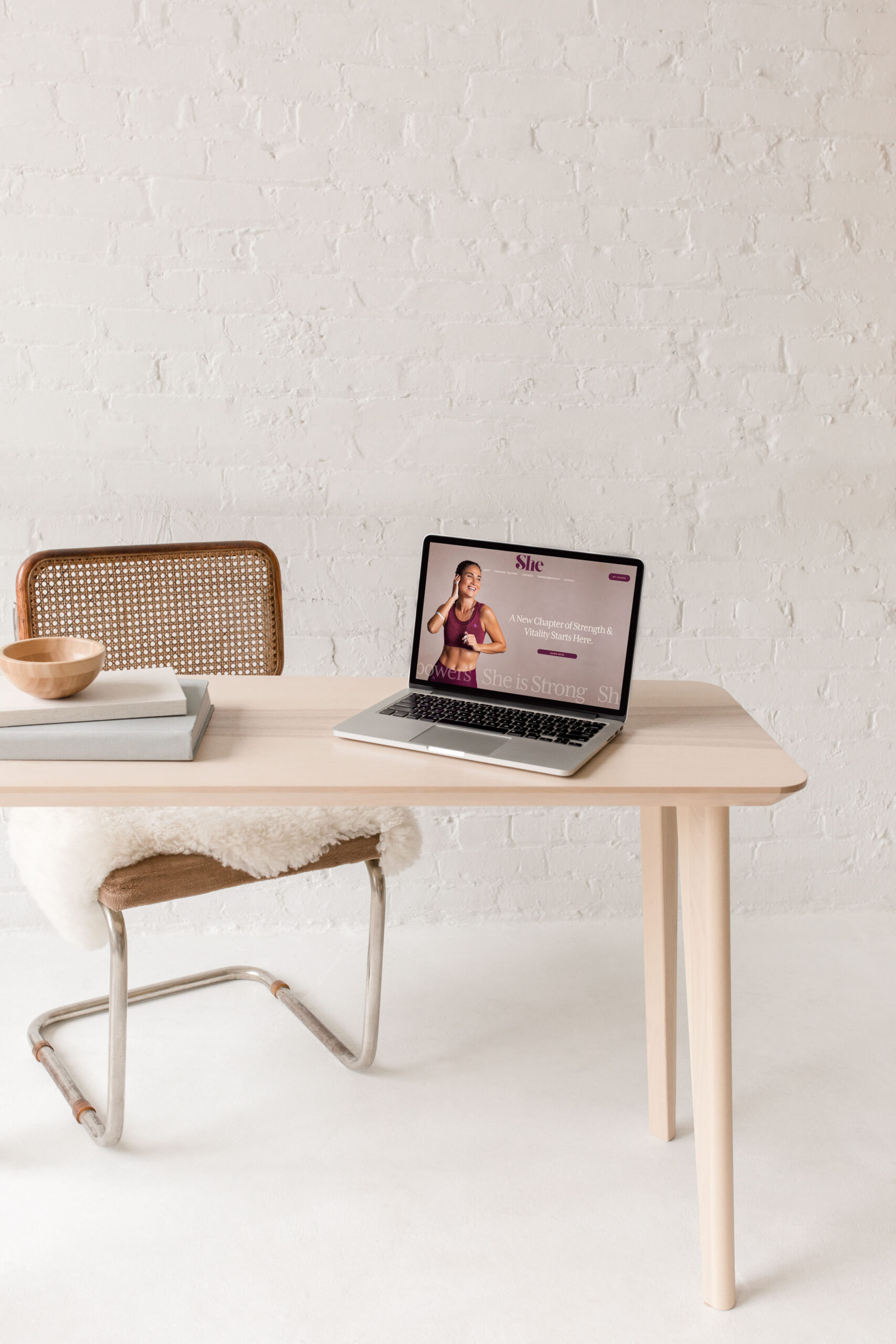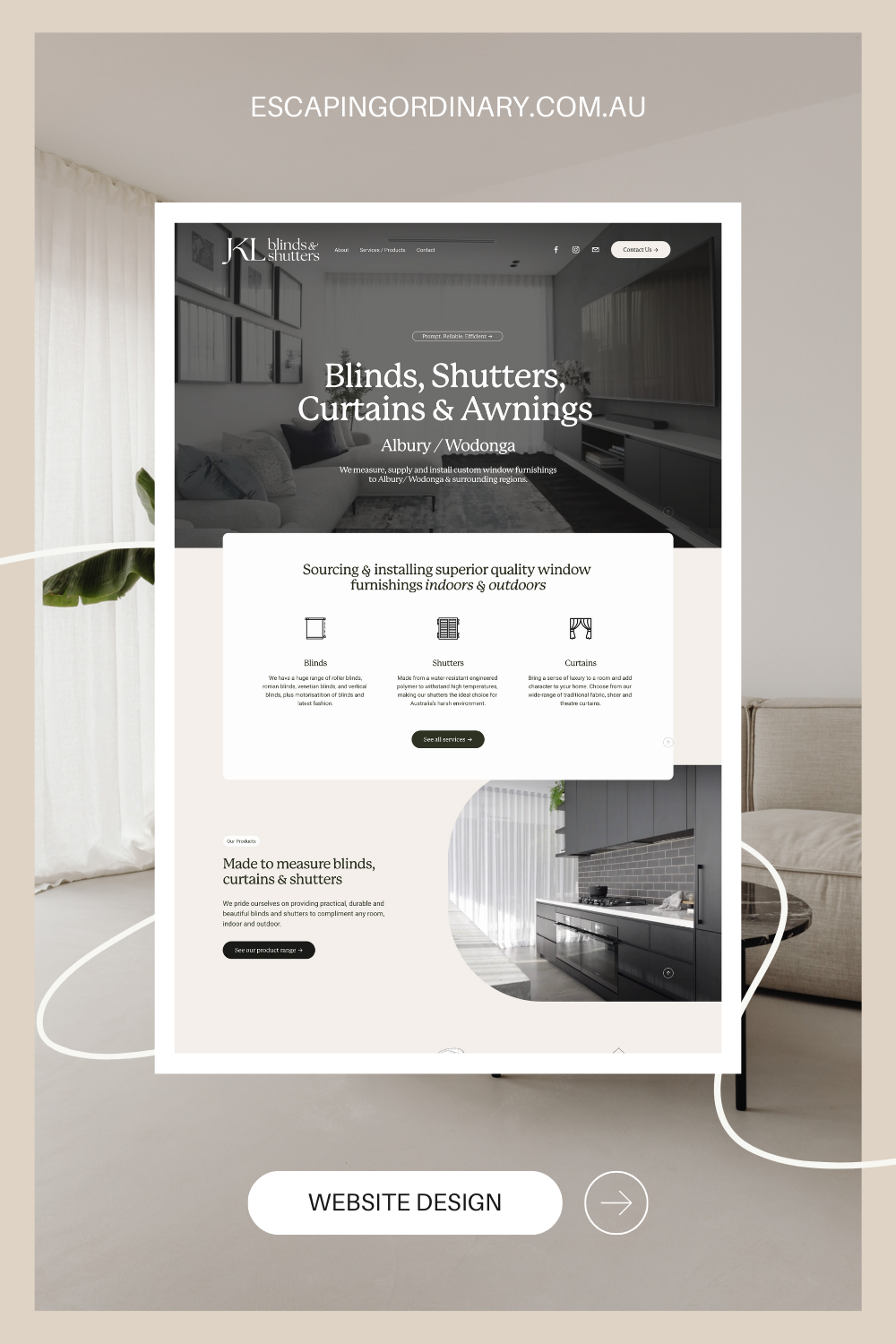Expectation versus reality – an age-old dilemma that often leads to disappointment. When it comes to working with a web designer, it’s essential to understand the common misconceptions that can arise during the process.

In this blog post, we will address these misconceptions and provide tips on how to avoid them, ensuring a smoother web design experience.
- Assuming Your Web Designer Will Create Content: One of the common misconceptions is expecting your web designer to handle content creation. While some designers may offer this service, it’s important to recognise that their expertise lies in design, not photography. You will need to organise this and then send it through. Of course we will offer our professional direction Hiring a professional photographer will ensure engaging and high-quality content for your website.
- Underestimating the Importance of High-Quality Images: Images play a crucial role in web design, significantly impacting the overall aesthetics. Using low-resolution or watermarked images can undermine the design quality. If you don’t have professional images, consider utilizing royalty-free resources like Unsplash to enhance your website’s visual appeal.
- Overlooking Timelines and Feedback: It’s crucial to understand that the allocated project timeline should be used for providing detailed feedback rather than gathering content. Ideally, all content should be prepared and supplied before the project begins. Timely feedback and adherence to the agreed-upon timeline are essential for a successful project.
- Unrealistic Expectations for Immediate SEO Results: It’s important to manage your expectations when it comes to search engine optimization (SEO). SEO is a long-term process that requires continuous effort and expertise. Achieving high rankings on search engines like Google takes time, often several months.
- Understanding Login Information Responsibility: It’s important to understand the distinction between hosting and domain providers and take personal responsibility for accessing these registries. Your web designer may not have access to your login information, so it’s essential to keep track of your credentials.
- Allocating Time for Feedback and Appreciation: Life is unpredictable, and challenges can arise during a project. It’s crucial to allocate time for providing detailed feedback and expressing appreciation to your designer. Timely communication fosters a positive working relationship and ensures optimal results. Remember to show gratitude for the designer’s efforts, even during the revision process.
- Managing Changes After Going Live: Once your website is live, major changes should be limited unless otherwise agreed upon or covered by a website support agreement. It’s reasonable to request adjustments related to responsiveness or minor issues, but significant layout changes at this stage may incur additional costs.
- Recognizing Mobile Design Differences: Mobile versions of websites differ from their desktop counterparts due to technical limitations and varying screen orientations. Understanding these differences will help you appreciate the need for stacked elements and altered sections to ensure a seamless user experience across mobile devices.
- Addressing Email Issues: If you encounter email delivery issues, it’s crucial to contact your email host for assistance. While your web designer may offer guidance, resolving email-related problems falls outside their area of expertise.
- Avoiding Frequent Design Changes: While it’s natural to have preferences and explore different design options, it’s important to trust your designer’s expertise and initial recommendations. Constantly changing design choices can lead to wasted time and hinder project progress. Striking a balance between exploration and efficiency will ensure the best outcomes.
Conclusion:
By understanding and avoiding these common misconceptions, you can foster a more productive and satisfying collaboration with your web designer. Clear communication, realistic expectations, and mutual respect are essential for a successful web design journey. Remember, reading and understanding the agreement and contract provided by your designer is key to establishing a shared understanding of the project scope.





